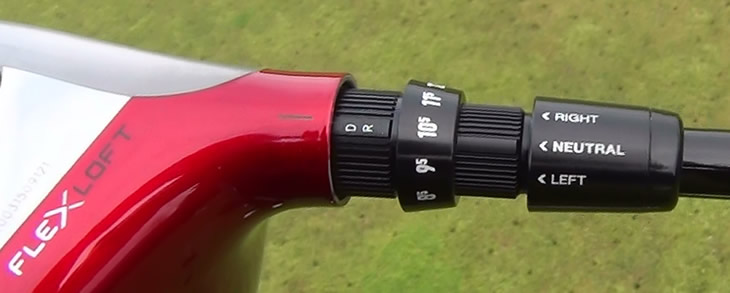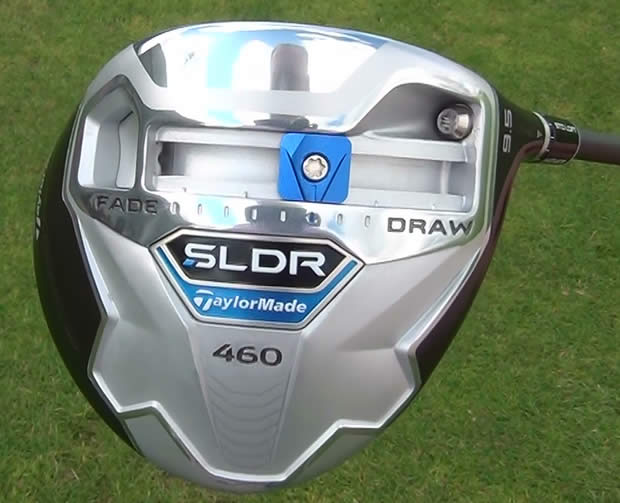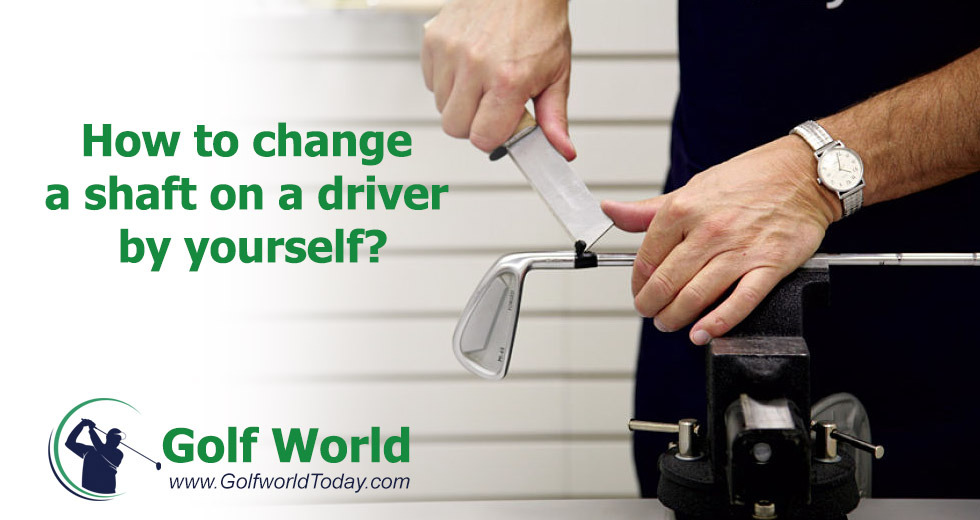Guide To Adjustable Golf Clubs Review – Every golfer knows how important it is to have the best equipment fit for your game.
Modern golf clubs make that easier than ever these days. Many of the top golf club makers now put a custom fitting experience right in your hands when you choose which clubs to put in play.
Guide To Adjustable Golf Clubs
Not only do performers get to build their perfect set of golf clubs, but they can also fine-tune those clubs once they get them in their bag. GWT put together this handy guide to adjustable golf club technology to help you better understand how it can help your game.
Guide To Adjustable Golf Clubs
What Is Golf Club Adjustability For?
Some think it is to change the set up of the club depending on conditions, which may be done. Nevertheless the real benefit is as an one time fitting tool so the golfer can make small adjustments to the golf club to customwill bee it with their swing in a way that has been not possible before.
The benefits of custom fitting are well known and with manufacturers actively promoting the importance of fit when investing in a new club, adjustability allows the golfer, either alone of within a custom fitting process, to fine tune the club for maximum performance.
Adjustable Hosels
One of the most common adjustable features in drivers, fairway woods and hybrids is the hosel allowing users to change loft and/or lie.

The loft of the club is very important since it is the angle of the face when it arrives at the ball which is a primary factor impacting the launch conditions of the ball. Having the ability to adjust the loft allows golfers to accomplish release angles and spin rates which are suited well to just how they deliver the club.
When you adjust a hosel to increase loft, you are actually closing the face fractionally. Conversely when you reduce loft you’re open the face slightly. Some clubs counter this visual change by letting you also change the encounter angle through the use of balance points on the only real.
As you change the loft and the face angle, you will also modify the lie unless there is a separate setting to alter the lie independently of loft. Loft changes the ball flight vertically and lie modifications the ball flight horizontally.
If you increase the lie angle up, then this should create a fade and if you reduce it down then it should develop a draw.
It is therefore very important to be professionally fitted for an adjustable hosel club so you get the right combination of loft and lie for your swing.
How Do Adjustable Hosels Work?
Most loft and lie adjustments are located in the hosel and are created by releasing a screw ththet connects the shaft to the club head and moving the golf clubhead to a fresh, pre-determined setting.
Technically the hosel on the shaft is inserted in to the shaft receptor upon the head which is slightly off centre so the various options on the hosel shaft gives the required adjustment to the head when it’s tightened.
Does Adjustability Affect Other Performance Factors?
Fairway woods and drivers with adjustable hosels tend to have an increased centre of gravity due to the extra mass of the bigger hosel. Designers can perform things to counter this, for example by sloping the crown downwards or by adding discretionary weighting on the only real. However having any form of adjustability lessens the quantity of weighting you should use elsewhere on the club to influence the center of gravity.
Adjustable Or Moveable Weights
The other key method to allow golfers to adjust the setup of their golf club is the use of moveable weights. The ability to move these weights either left to right or up and down has an impact on the centre of gravity of the club which in turn directly impacts on launch conditions with a bias towards a left/right or low/high ball flight.

Adjustable Putters
Prior to the rule change in 2008 to allow adjustable clubs, putters were already permitted to have moveable weights in the head. A common method is by offering a series of weights that can be screwed into the sole of the putter to allow the golfer to adjust to different speed of greens.
More recently putters are being designed with adjustable weights in the grip end of the club which impact the balance of the putter. This counterbalance effect increases the Moment of Inertia of the putter to create less twisting on off centre hits and increases the number of centre face strikes.

Another adjustable feature recently introduced to the market may be the option of an changeable telescopic shaft that gives the golfer the opportunity to change along the putter by 7 inches. Again there exists a trade off between the weight of the adjustability system and the advantage of a customised shaft, so it’s important to use these features out.
LOFT
The most common adjustable feature on golf clubs today may be the adjustable hosel. One thing the adjustable hosel allows golfers to do would be to adjust the loft angle. This feature is commonly found on drivers, fairway woods, and hybrids.
Nearly all drivers offered now have adjustable hosels even though many fairways and hybrids do aswell.
Being able to adjust the standard loft of a golf club gives players more control over trajecin order tory. Players who struggle to obtain the ball in the air off the tee or launch it too low in the long game can add loft to get the golf ball airborne properly.
An ideal higher launch maximizes carry distance. However, some golfingers have to lower their ball flight to obtain the most distance out of these swing. Hitting the ball too high could cause the ball to golf balloon and hit a figurative wall in mid-air, dropping sharply and costing you range. Lowering the loft of your clubs with this particular adjustable feature will help you bring that trajectory down.
One important thing to keep in mind is that adjusting the loft of a club like this does fractionally change the face angle. When you increase the loft, the facial skin slightly closes. Decreasing the loft causes the face to somewhat open. This change is so small that it is definitely not often visible to the naked eye, nonetheless it is something to take into account when adjusting the loft of one’s club.
LIE ANGLE
The other thing adjustable hosels allow golfers to change is the lie angle of their golf club. Again, this feature is common in drivers, fairway woods, and hybrids. Depending on the brand of golf club you have, many times the loft and lie settings are adjusted at the same time. Some adjustable hosels, like the Titleist SureFit hosel, enable you to adjust the loft and lie angle independently of each other.

Having the proper lie angle makes you a far more accurate golfer. If a personr clubs are too upright, then the toe will not make contact with the ground at impact as well as your shots will travel left of your target. If your clubs are usually too flat, then your heel will not really create contact with the ground at impact and your shots will vacation right of your target. Increasing the lie angle through an adjustable hosel creates more draw bias while decreasing it produces more fade bias. In case you are seeing big misses in either direction, try adjusting the lie angle of one’s adjustable hosel.
WEIGHTING
Adjustable and movable weights are another popular feature of metal woods. You can find two ways golf club manufacturers allow for adjustable weight that produce different results. One is moving weight to the heel or toe of the club head. Another will be moving weight forward or back.

Any time you add weight to the perimeter of the club head, this makes the head more stable, helping it to resist twisting, and making it more forgiving. But putting more weight in just the heel or the toe can help produce a different ball flight.
Adjustable golf clubs that allow you to place more excess weight in the heel, or near the hosel, create more draw bias. Added weight in the heel makes it easier to close the club face and can help correct a slice. Sliding more weight toward the toe helps create more fade bias, assisting to overcome a hook.

Adjustable back and front weight positions assist you to customize your ball flight to fine-tune distance and trajectory. Placing more weight in the back again of the head creates a higher trajectory with more carry distance. Putting more excess weight in the front creates a lesser, more piercing trajectory with an increase of roll out and helps reduce spin.
Many putters now will also have weights on the sole in the heel and toe. That is to add stability and allow golfers to change out weights to make the putter head feel lighter or heavier, based on player preference. Having this level of adjubalance can be to your advantage with respect to the conditions of one’s greens. Heavier club heads can help on fast greens because golfers will swing a heavier putter slower, reducing the chance of sending the ball flying past the hole on an easy green. Lighter putters might help swing faster on slow greens to assist you prevent leaving putts short.
Adjustability is here in which to stay the world of golf clubs. While nothing can replace practice time and clubs properly fit for you, these small adjustments can add up to make big changes in your game.
When you have a driver with adjustable features nonetheless it is worth trying them out using these pointers as a guide to fix what could be ailing your swing.





